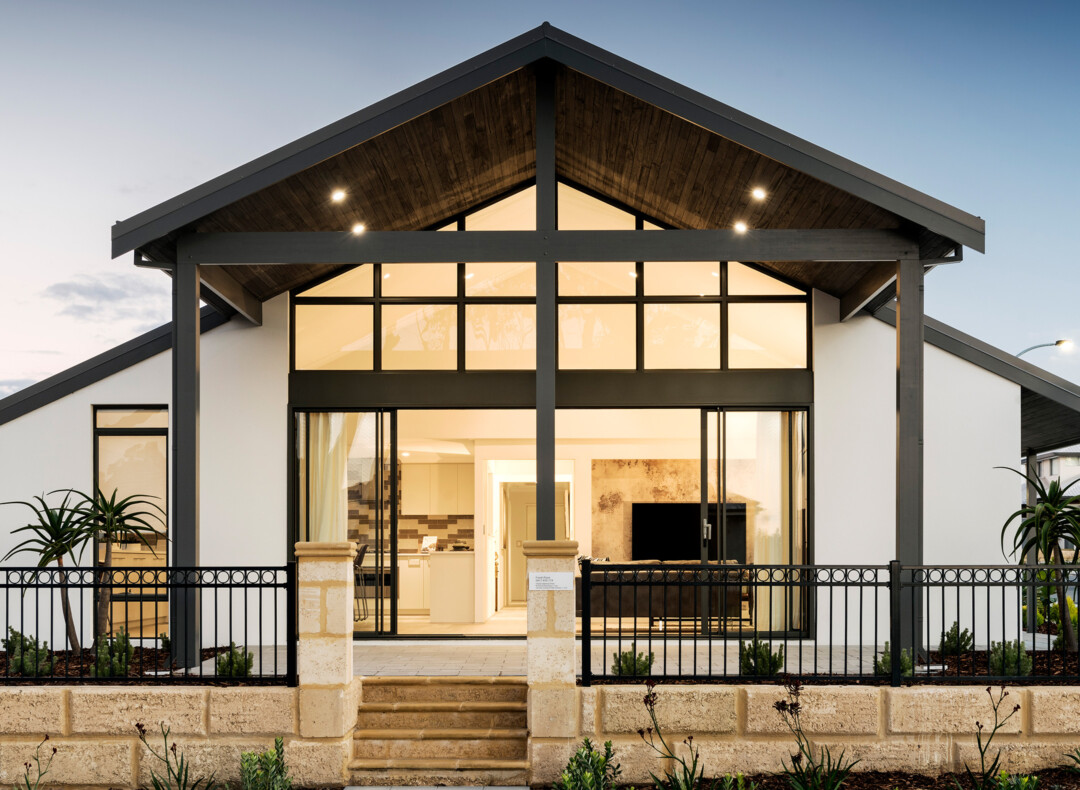All Categories
Featured
Table of Contents
What Are Double Glazed Windows? in Maida Vale WA
Glazing just means the windows in your home, including both openable and set windows, in addition to doors with glass and skylights. Glazing in fact just suggests the glass part, but it is normally utilized to refer to all elements of an assembly consisting of glass, movies, frames and home furnishings. Taking notice of all of these elements will assist you to accomplish efficient passive design.

Energy-efficient glazing makes your home more comfortable and drastically lowers your energy expenses. Improper or poorly created glazing can be a significant source of undesirable heat gain in summertime and significant heat loss and condensation in winter. Up to 87% of a home's heating energy can be acquired and as much as 40% lost through windows.
Which Is The Best Type Of Double Glazing? - Which? - Which.co.uk in Westminster Perth
Glazing is a substantial financial investment in the quality of your home. The expense of glazing and the cost of heating and cooling your home are closely related. An initial financial investment in energy-efficient windows, skylights and doors can considerably decrease your annual heating and cooling costs. Energy-efficient glazing likewise minimizes the peak heating and cooling load, which can lower the needed size of an air-conditioning system by 30%, leading to additional expense savings.

This tool compares window choices to a base level aluminium window with 3mm clear glass. Comprehending some of the crucial properties of glass will assist you to select the finest glazing for your home. Secret residential or commercial properties of glass Source: Adjusted from the Australian Window Association The amount of light that travels through the glazing is known as noticeable light transmittance (VLT) or visible transmittance (VT).
Solace Creations: Home in St James WA
This might lead you to switch on lights, which will lead to greater energy expenses. Conduction is how readily a material carries out heat. This is known as the U value. The U worth for windows (expressed as Uw), explains the conduction of the entire window (glass and frame together). The lower the U worth, the greater a window's resistance to heat circulation and the better its insulating value.
For example, if your home has 70m2 of glazing with aluminium frames and clear glass with a U worth of 6. 2W/m2 C, on a winter's night when it is 15C chillier outside compared to inside, the heat loss through the windows would be: 6. 2 15 70 = 6510W That is comparable to the overall heat output of a large room gas heating unit or a 6.
Lifestyle - West Coast Double Glazing in Merriwa Western Australia

If you pick a window with half the U value (3. 1W/m2 C) (for instance, double glazing with an argon-filled gap and less-conductive frames), you can halve the heat loss: 3. 1 15 70 = 3255W The solar heat gain coefficient (SHGC) for windows (expressed as SHGCw) determines how readily heat from direct sunshine flows through an entire window (glass and frame together).
The lower a window's SHGC, the less solar heat it transfers to the house interior. The real SHGC for windows is affected by the angle that solar radiation strikes the glass.
Why Does Double Glazing Help To Keep Us Cool In Summer? in Parmelia WA
When the sun is perpendicular (at 90) to the glass, it has an angle of occurrence of 0 and the window will experience the optimum possible solar heat gain. The SHGC declared by glazing manufacturers is constantly computed as having a 0 angle of incidence. As the angle increases, more solar radiation is reflected, and less is transferred.
Latest Posts
Double Glazed Windows: A Complete Guide in Kelmscott WA
How Does Double Glazing Keep Heat Out? in Lathlain Western Australia
A Complete Guide To Double Glazed Windows in Wembley Downs WA